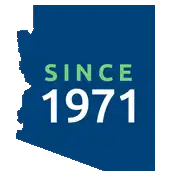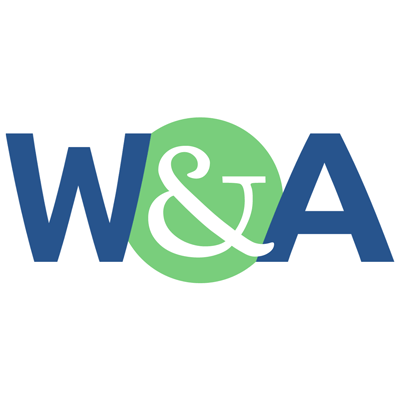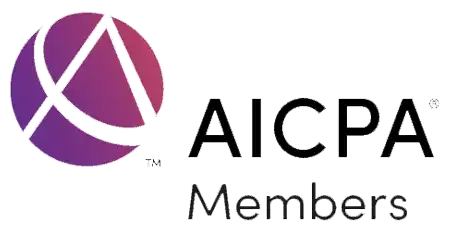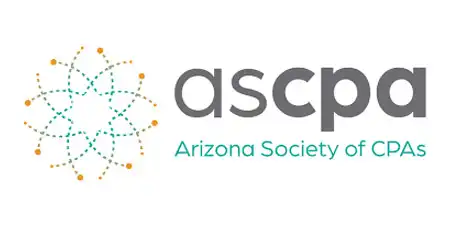Thanks to the CRF extension to December 31, 2021, Tribes now have the opportunity to step back, assess where to go from here, and utilize the CRF to achieve project completion.
This article provides a framework for that assessment and sets the stage for a series of future articles that delve into various topics with an overall goal of successful utilization and close-out of the CRF.
Treasury Department Notice
On December 28, 2020, the Department of the Treasury distributed the following email:
Subject: Notice to Coronavirus Relief Fund Recipients
The Consolidated Appropriations Act, 2021, extends the period during which recipients may incur eligible costs that may be covered using payments from the Coronavirus Relief Fund (CRF) to December 31, 2021 (Division N, Title X, Section 1001). President Trump signed the legislation on December 27, 2020, and the change is effective immediately.
References to “December 30, 2020” in Treasury guidance dated September 2, 2020 (https://home.treasury.gov/system/files/136/Coronavirus-Relief-Fund-Guidance-for-State-Territorial-Local-and-Tribal-Governments.pdf) and Frequently Asked Questions dated October 19, 2020 (https://home.treasury.gov/system/files/136/Coronavirus-Relief-Fund-Frequently-Asked-Questions.pdf) should be read as “December 31, 2021” in all instances related to the use of funds to cover costs incurred under Section 601(d)(3) of the Social Security Act. Treasury will update its guidance to reflect this change to the statute in the near future.
Please ensure that your subrecipients are aware of the one-year extension of the period of available use of the CRF.
Eligible Costs
As stated above, the Treasury guidance regarding eligibility of costs should now read:
“The CARES Act provides that payments from the Fund may only be used to cover costs that—
- are necessary expenditures incurred due to the public health emergency with respect to the Coronavirus Disease 2019 (COVID–19);
- were not accounted for in the budget most recently approved as of March 27, 2020 (the date of enactment of the CARES Act) for the State or government; and
- were incurred during the period that begins on March 1, 2020, and ends on December 31, 2021.”
Projects
The questions that are uppermost in many minds pertain to project planning. On December 22, the Native American Finance Officers Association (NAFOA) hosted a Tribal Leader Town Hall that answered two urgent questions:
- Can Tribes continue the projects that are underway?
- Can Tribes undertake new projects?
The answer to both questions is "yes," with three important caveats.
- First, the projects must be in response to COVID-19.
- Second, the new completion deadline is December 31, 2021.
- Third, the projects are subject to budgetary constraints.
The third caveat takes us to our next topic.
Budget
Tribes face multiple challenges in ascertaining where they stand financially. Ideally, Tribes established budgets for various initiatives and created codes in their accounting systems for tracking purposes as discussed in our May 13, 2020, article, “CARES Act Funding for Tribal Governments.”
Even with the proper structure in place, there are still a number of moving parts, such as:
- tracking project financial progress against the budget;
- managing unanticipated cost overruns or savings; and
- tracking subrecipient financial performance.
The quarterly financial report that Treasury required to be submitted on January 11, 2021, provided a useful checkpoint in ascertaining a Tribe’s financial standing. The greater the ease of preparing the report, the more confidence that a Tribe can have in knowing the condition of its CRF funding. It is important to note any challenges that arose and to develop corrective actions that promote greater accountability and provide actionable information for decision-making.
Planning
The key question that we invite all readers to ask is this: What is the best and highest use of the remaining CRF funding?
If any projects were shelved because they could not be completed in 2020, do they continue to present the greatest benefit to the community, or should the funds be repurposed?
The past ten months have been a learning experience in many ways. Assumptions regarding community needs have been challenged. Organizational capacities have been changed or stretched on the fly. Tribes are encouraged to leverage these lessons learned and incorporate them into their planning for 2021 and beyond.
As previously noted, this article is intended as the first of a series. Future planning topics may include:
- Compliance Activities
- Audit Preparation
- Close-Out
Readers are invited to submit additional topics or questions related to the above topics. The hope is to stimulate thinking across Indian Country and provide a vehicle for sharing questions and recommendations. As always, the ultimate goal is to help Tribes provide the greatest hope for better lives for their members.







